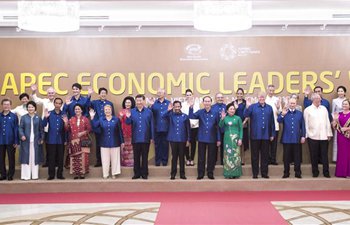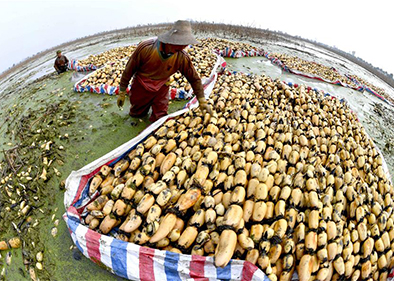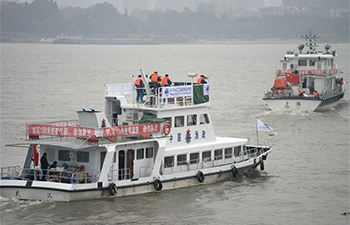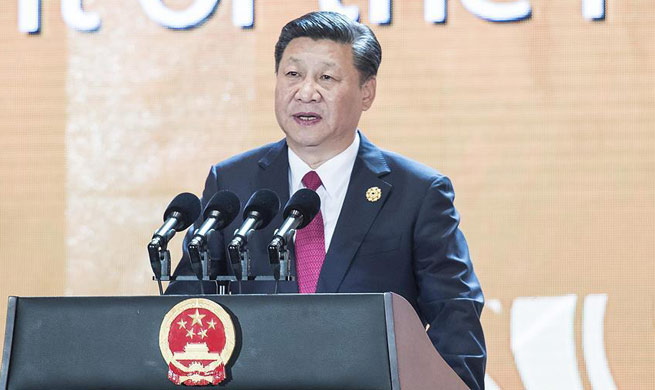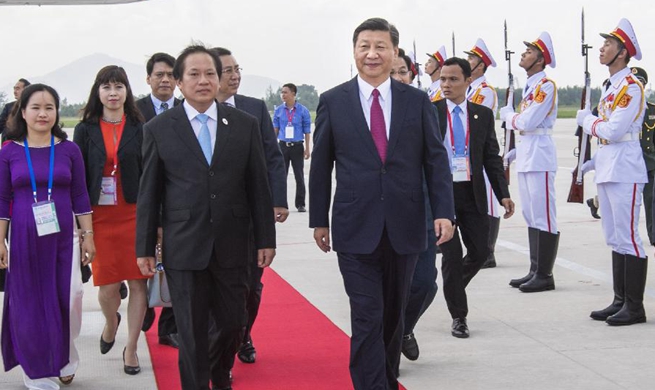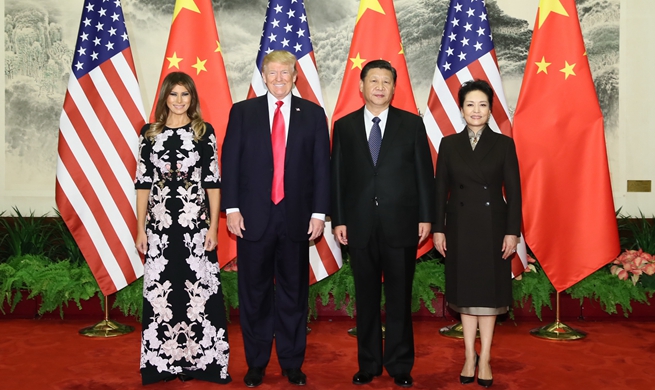SAN FRANCISCO, Nov. 10 (Xinhua) -- Stanford researchers have successfully created a double-duty, reversible fabric that automatically keeps a temperature comfortable to human skin.
In a paper published in Science Advances on Friday, the new textile made from a reversible fabric that could comfortably warm or cool wearers was based on the same material as everyday kitchen wrap. The fabric is capable of releasing or keeping heat energy automatically depending on which side faces out.
The new invention was created by a team led by Yi Cui, professor of materials science and engineering of Stanford University, whose work was funded by the Advanced Research Projects Agency-Energy under the U.S. Department of Energy.
In order to make the fabric work properly, two layers of material with different abilities to release heat energy were stacked and then sandwiched between layers of their cooling polyethylene.
On one side, a copper coating traps heat between a polyethylene layer and the skin; on the other, a carbon coating releases heat under another layer of polyethylene.
When the copper layer faces out, the material traps heat and warms the skin on cool days. But when the textile is reversed with the carbon layer facing out, it releases heat, thus keeping the wearer cool.
Altogether, the sandwiched material can increase a person's range of comfortable temperatures by over 5.5 degree Celsius, and the final ideal potential temperatures could reach about 14 degree Celsius.
If people wear clothes made of textile like that, buildings in some climates might never need air conditioning or central heating at all.
In 2016, the team announced a first step toward a solution: fabric that allowed the body's heat to pass through, cooling the skin.
Unlike transparent, water-impermeable kitchen wrap, the new material was opaque, breathable and retained its ability to shuttle infrared radiation away from the body.
The results of a laboratory test showed that the new fabric was capable of keeping artificial skin two degree Celsius cooler -- possibly enough to help a person stop from using air conditioning.
With such an energy-efficient material, a building full of workers can save 20 percent to 30 percent of its total energy budget.
The double-duty textile has a promising prospect for future daily use, although the fabric isn't quite wearable yet at present.




